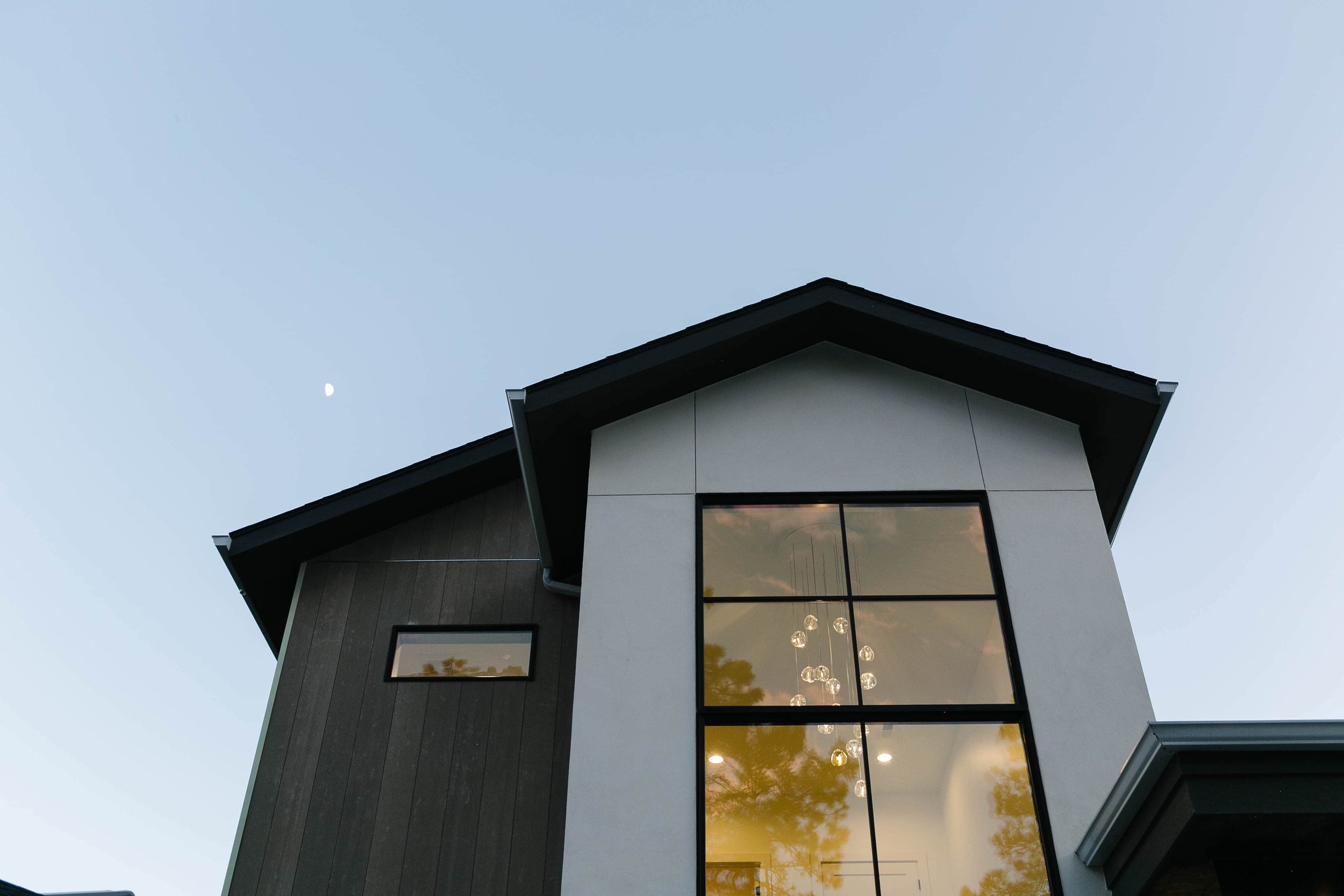
How to finance a
custom home build?
There are a few notable differences between purchasing an existing home and financing the construction of a custom home.
If you are in the market to build a custom home (whether it’s in Colorado Springs or Castle Rock), it’s likely that you’ve owned a home before and will therefore be somewhat familiar with the home loan process. However, there are a few notable differences between purchasing an existing home and financing the construction of a custom home. This post will address the three main financing components to consider:
Land
Construction
After construction (permanent)
1. Land Financing
Most custom home builders do not typically own the land that the home will be built on— meaning that you’ll need to be able to purchase the land prior to getting a construction loan. The good news is that securing a land loan can be surprisingly simple. Once your application is approved, the inspection and appraisal are pretty straightforward and quick, and it is common to get a land loan in place in as little as 30 days. You’ll close your loan at a title company—just as if you were purchasing a home.
Most, but not all banks, have a “land loan” program. In our area, the majority of local/regional banks or credit unions structure their loans as follows:
75%–80% loan-to-value (LTV) ratio (20%–25% down payment)
1-year term (short-term since the intent is to build a home on the land, but the term can be extended)
Interest rates that are usually 1%–2% higher than prime
I’ve seen some banks offering more aggressive loan programs in which you can put as little as 10% down. However, I’d recommend that you budget for 20%–25% of the land purchase price.
It’s important to note that as soon as you close on the land, you’ll be responsible for paying property taxes, insurance (if applicable), and loan payments—so make sure you plan for all these expenses.
If you are wondering how to avoid mistakes when buying land for your custom home, check out this post HERE.
2. Construction Financing
Some banks love these special types of loans, but others don’t offer them at all. I’ve found that smaller local banks are great resources for construction loans because they know the market and are usually more community-focused. However, some national banks have great construction loan programs as well.
Different banks have different loan structures, but most of our clients usually end up with something like this:
80%–90% loan-to-value ratio (10%–20% down payment**)
1-year term (again, short-term because after construction you’ll refinance)
Interest rates that are typically 1%–2% higher than prime
** Most construction loans are interest only for 12 months.
Compared to land loans, construction loans are definitely more complicated and the process is lengthier. Because the bank is making a loan on a home that is not yet built, the bank has to first determine the value of the finished product in a preconstruction appraisal. You (or more likely your builder) will submit the building plans, specifications, contract, and budget to the bank, and it, in turn, will order the appraisal. It’s important to note that this package is the only information that the appraiser has to make his or her recommendation of value on. So, it is imperative that this package be as complete and compelling as possible to justify a good appraisal. At Gowler Homes, we always include 3-D color renderings, comprehensive specifications, and a detailed budget to help the appraiser visualize the finished product.
Once the bank has the completed value of the home, it can finalize the loan amount and down payment based on its LTV requirements.
Most banks will count the down payment you made toward your land purchase to the down payment requirement for the construction loan. So, if you need $100,000 cash down payment for the construction loan and you already put $40,000 down on your land purchase, the bank would likely credit the $40,000—meaning that you would need to bring only the other $60,000 to closing for the construction loan.
Another key note is that the bank will almost always pay off any remaining loan on the land as soon as it funds the construction loan. The reason for this is because the bank wants to be in “first lien position” with the construction loan. Because the land loan was recorded first, the land loan is in first position, putting the construction loan in second. The benefit to you is that you won’t have two loan payments to make.
As I mentioned earlier, you’ll want to plan ahead for the monthly loan payments that you’ll make over the course of construction. And, keep in mind that these payments will start small and grow each month as the balance of the loan grows commensurate with the progress of construction.
Lenders have a formal “draw” process by which you or your builder can request funds for the project as it progresses, rather than giving a lump sum at the beginning. Most lenders operate on a monthly draw request schedule. When the builder submits a draw request, they will request a certain amount based on what is specified in your construction contract (usually either based on percent of completion or actual costs). The bank will then typically send out an inspector to verify that the work (for which the payment has been requested) has been completed. After verification, the bank will release the funds. The bank provides checks and balances to ensure that the funds are disbursed only for work that has been completed and that all material vendors and trade partners are paid. Lastly, most banks require and verify that progress lien releases are signed for each payment to minimize the chance that a vendor or subcontractor could file a lien for nonpayment.
3. After Construction (Permanent) Financing
Once construction is complete, the loan will need to be transitioned into a permanent loan. There are a couple of options for this.
The first option is to refinance. In this case, the bank will put together a new loan application, order a new appraisal, and prepare a traditional home mortgage loan. The LTV will again be determined from the appraisal of the completed home and your strength as a borrower. Most banks have 10-, 15-, 20- and 30-year fixed interest programs as well as 3/1, 5/1, 7/1, and 10/1 adjustable-rate mortgages.
The other option I would strongly suggest is to combine your construction and permanent loans into a “One-Time Close” loan. Under this program, only one appraisal is required (before the construction loan). There is typically a predefined term (usually 12 months) for the construction loan, which may be interest only, and then the loan automatically converts into a permanent loan in the 13th month.
There are pros and cons of both types of loans.
Separate Construction and Permanent Loans
ProsCons– Slightly lower interest rates
-Opportunity to benefit from lower interest rates after construction if the market rates drop during construction
– Usually better terms in general– Some risk of interest-rate inflation between the time you start and finish construction
– Risk of post-construction appraisal not coming in high enough
– Two closings equals two sets of closing costs
– Two appraisal fees
– Additional paperwork
One-Time Close Loan
ProsCons– Interest rate is locked in, no risk of rate inflation during construction
– One closing equals one closing fee
– One appraisal—no risk of market price fluctuations– Slightly higher rates
– Slightly higher fees
-Permanent rate is locked in before construction starts
-If rates drop during construction, you’re already locked in
I hope that you now have a better idea of how custom-home loans work. If you are looking to build in the greater Colorado Springs/Monument area, reach out for our list of preferred vendors, we would love to help you!
Lets work together.
Dreaming of a place you can truly call your own?
Our team of experts would love nothing more than to help find that perfect lot, take your dreams and turn them into reality, and serve in writing your next chapter.
